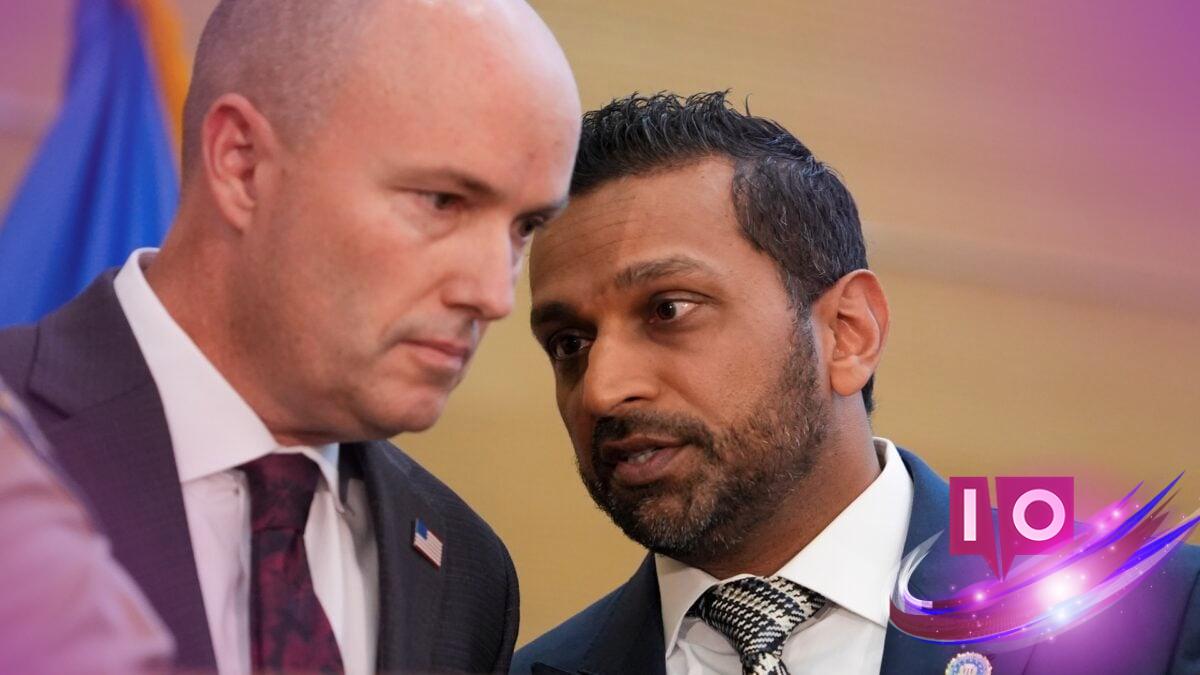The tragic shooting of MAGA influencer Charlie Kirk at Utah Valley University has sent shockwaves across the nation. Twenty-two-year-old Tyler Robinson has been arrested in connection with this devastating event, leaving many to ponder the implications of such violent occurrences in a digital age where graphic footage circulates widely on social media platforms.
At a recent press conference, Utah Governor Spencer Cox and FBI Director Kash Patel shared details of the investigation. Robinson reportedly confessed to a family member that he was the shooter, prompting the family friend to contact authorities. This led to his arrest early Friday morning.
Videos of Kirk’s death have appeared on platforms such as X, TikTok, and Instagram, sparking fierce debates about the ethics of sharing violent content online.
Understanding the Motive Behind the Violence
Following the incident, many social media users quickly speculated about the shooter’s political motivations. Some suggested that the act may have been carried out by someone aligned with leftist ideologies, despite Robinson not identifying as such. The situation has highlighted the complexities of attributing motives in chaotic circumstances.
Details of the Shooting
The Wall Street Journal noted that bullet casings found at the scene allegedly featured inscriptions reflecting ideological stances, according to a bulletin from the ATF. However, reports have evolved, urging caution in interpreting the significance of these markings.
What does the evidence reveal? According to Governor Cox’s statements, the fired casings bore messages like “Notices bulges OWO what’s this?” These phrases range from memes to references from popular culture, hinting at a convoluted relationship between personal expression and broader societal issues.
What Were the Inscriptions Found on the Casings?
Among the inscriptions found on the casings were:
- “Notices bulges OWO what’s this?”
- “Hey fascist! Catch!”
- “Oh bella ciao, bella ciao, bella ciao, ciao ciao”
- “If you read this you are gay LMAO”
These phrases have stirred conversations about their origins and meanings, with some referencing internet memes, gaming culture, or historical context. The inclusion of a phrase familiar within gaming spheres instantly links the incident to a more extensive digital narrative.
How Are Social Media Platforms Reacting?
The incident has injected urgency into discussions around content moderation on social media. With graphic footage circulating, platforms are being scrutinized for how they handle such sensitive content. Moderators on subreddits related to gaming have temporarily locked discussions regarding the shooting due to overwhelming reactions, stating, “We’re aware of what happened; our modteam doesn’t condone it.”
What Can We Learn from This Incident?
The discussions surrounding Kirk’s shooting force society to grapple with the intersection between virtual ideologies and real-world actions. As commentators analyze the situation, they bring diverse perspectives that provoke further discourse on violence, politics, and the role of social media in shaping narratives.
Why is it crucial to address issues of political violence? Understanding the societal elements contributing to these acts can guide effective discussions about prevention and security, emphasizing the need for timely interventions.
As we sift through varying narratives, it is evident that this incident has catalyzed conversations far beyond a tragic event, making it vital to explore the implications of violence in modern society.
What can history teach us about political violence? Historical patterns often show that societal unrest and violent occurrences link closely to fragile socio-political climates, highlighting the importance of vigilance and cooperative discourse.
To stay informed about the latest developments as they unfold and to explore deeper meanings in societal events, I encourage you to continue your journey. There’s much more to discuss and learn about related topics at Moyens I/O.
